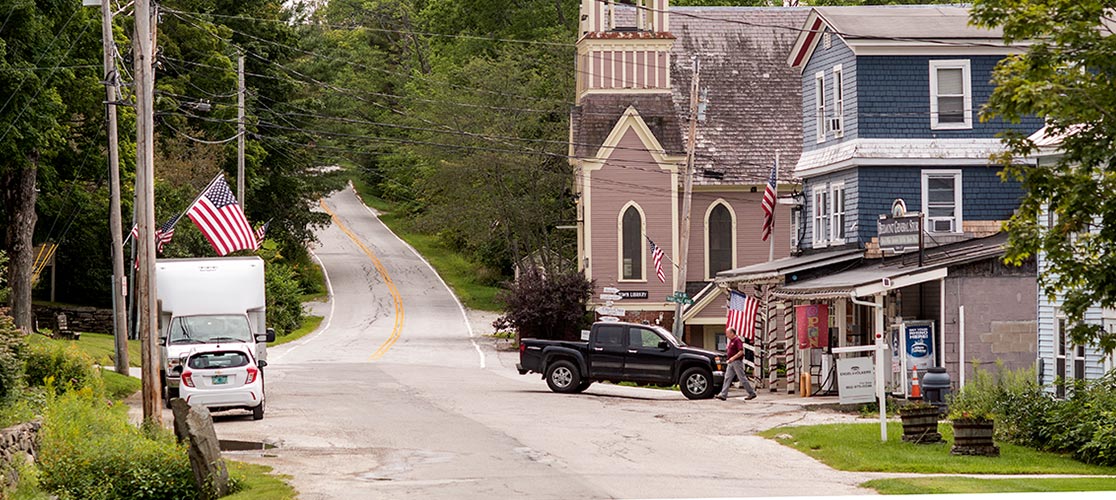
VT Food Security Roadmap: Objective C1
C1: Integrate food access into town plans across Vermont
C1: Integrate food access into town plans across Vermont

Food access and security are impacted not only by state and federal agricultural policies, but also by local decisions in municipal and regional plans around topics like land use regulation, transportation and mobility, water quality, waste management, and more.
Municipal and regional planning tools can integrate food access with other socioeconomic issues, such as housing and transportation, that influence food security for communities and individuals.
The Farm to Plate Local Planning for Food Access Toolkit guides communities and planners through improving food access within a municipal and regional plan. This toolkit is an existing and proven resource communities can use to develop strategies that suit their specific landscape and population. Plans alone won’t solve hunger, but the planning process can raise awareness and build broad public support for food access initiatives. The tools can increase food and land access, and address food sovereignty. Town planning is also a way to uplift and support the leadership of food system champions who are not a part of, or who are excluded from, professionalized statewide roles.
Keep in Mind
While this section focuses on integrating food access within the planning process, to achieve food security and equitable food access there must be follow-through after the planning stages. Implementing a town plan is not something communities can usually do alone; more often, it requires financial support from federal and state government partners and organizations.
Strategies marked with a ![]() are high-priority
are high-priority
During land use planning and rural development processes, use a suite of tools, including new and emergent ones, that better support the equitable use of agricultural land as working farms. This includes integrating agricultural businesses as a consideration during economic development planning.
Use traditional land use planning tools to guide and support development of food access venues (including retail points) that will be accessible to and meet the needs of the local community.
Use the community input phase of town and municipal planning processes as an opportunity to build new relationships and support for food access issues across town groups. This strategy could be used by town personnel, elected officials, business owners, or interested community members.
“Consider accessing Regional planning and town plans to set up systematic food plans local-to-state and state-to-local.”
“Even in Vermont, we have[…]small communities with no grocery stores. Families may not have transport to get to another town to shop“
“I applied for fuel assistance and got enough for one minimum delivery. Trying to pay down credit cards, my house is falling apart, had to buy new appliances. The cost of food is high.“
"Don't let corporations be the ambassadors for food; let there be a town council that takes on food in each town and is freely educated about what's available to grow/produce locally."
“Look at where else people are receiving regular services (health care, for example) and strengthen collaboration.”